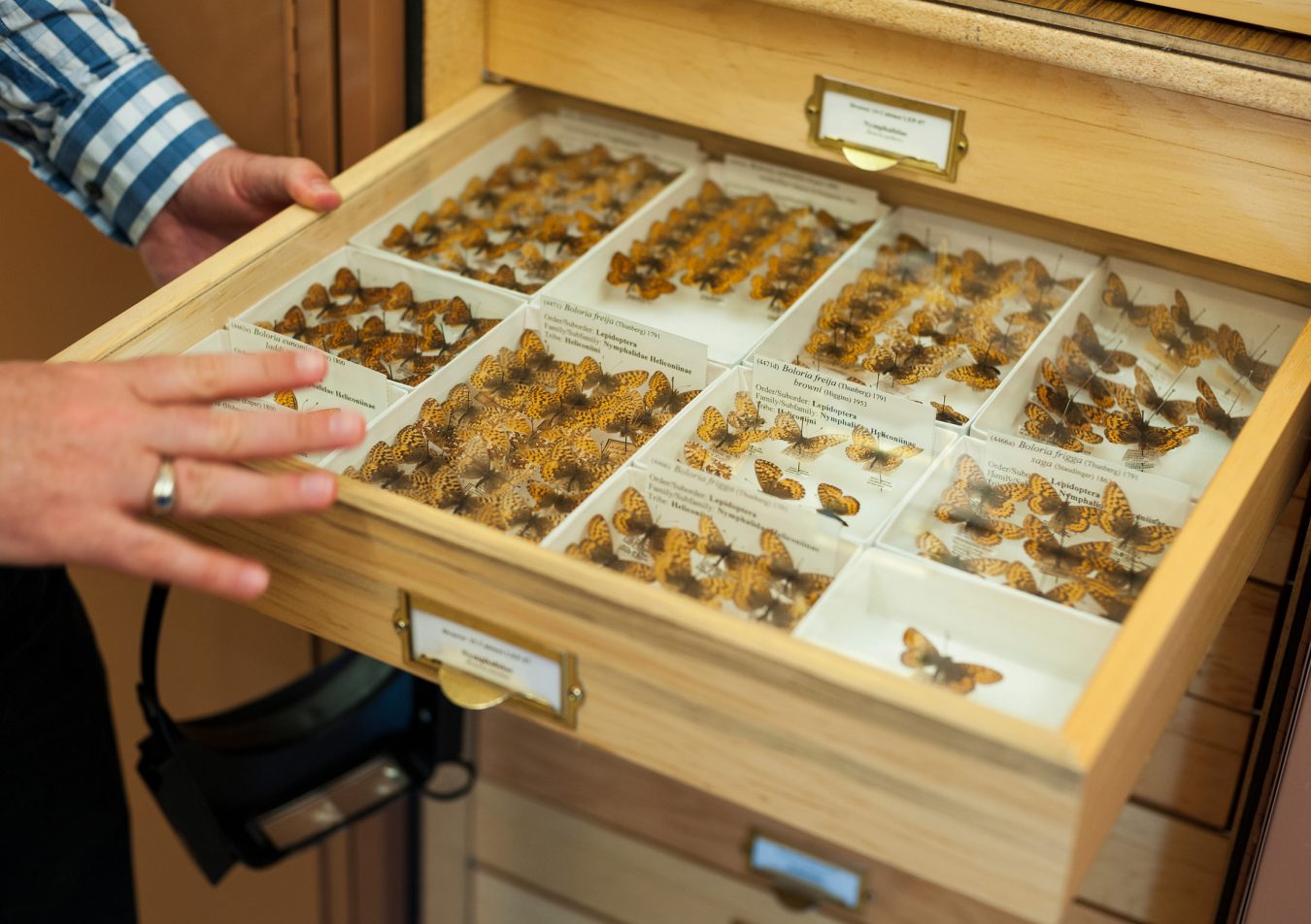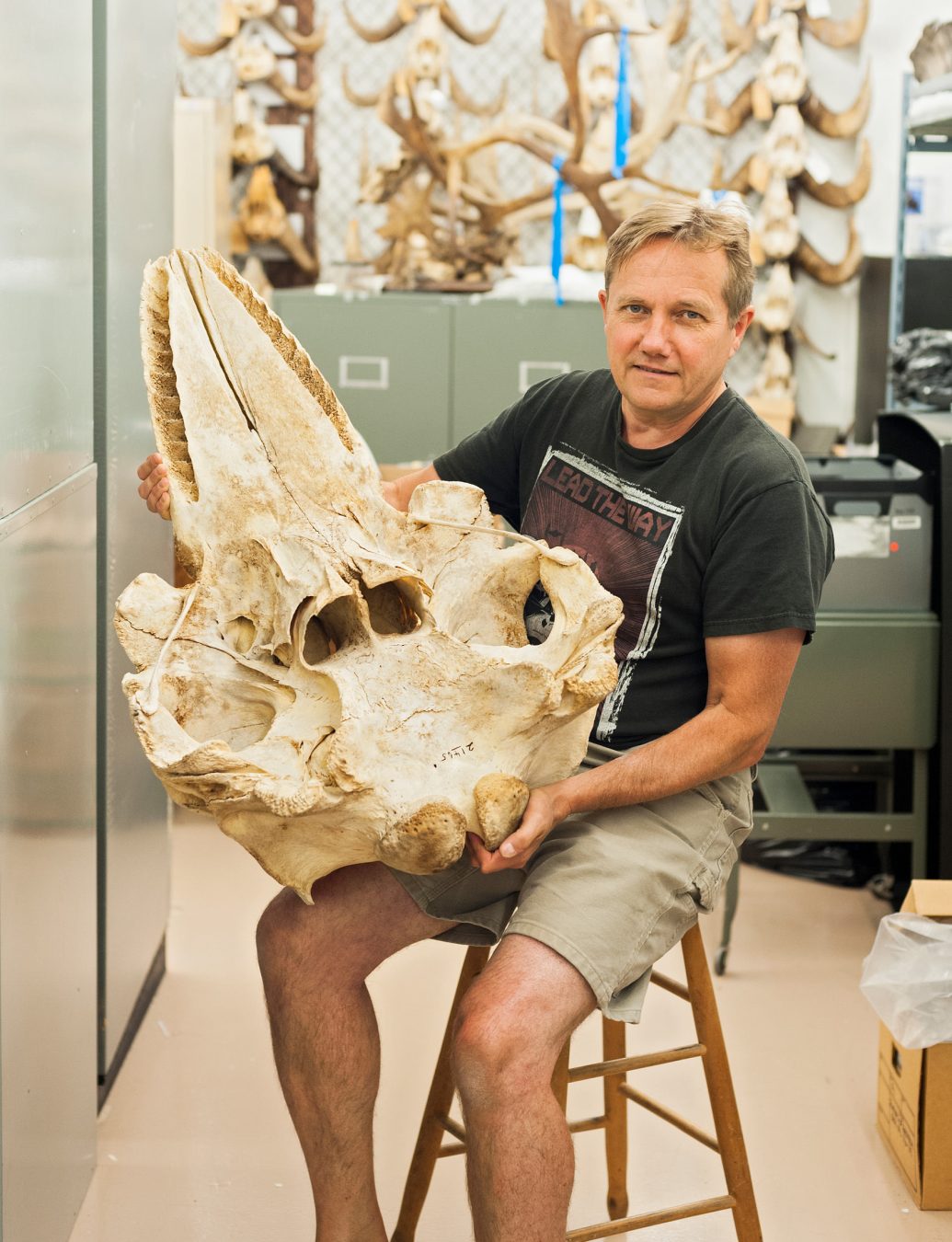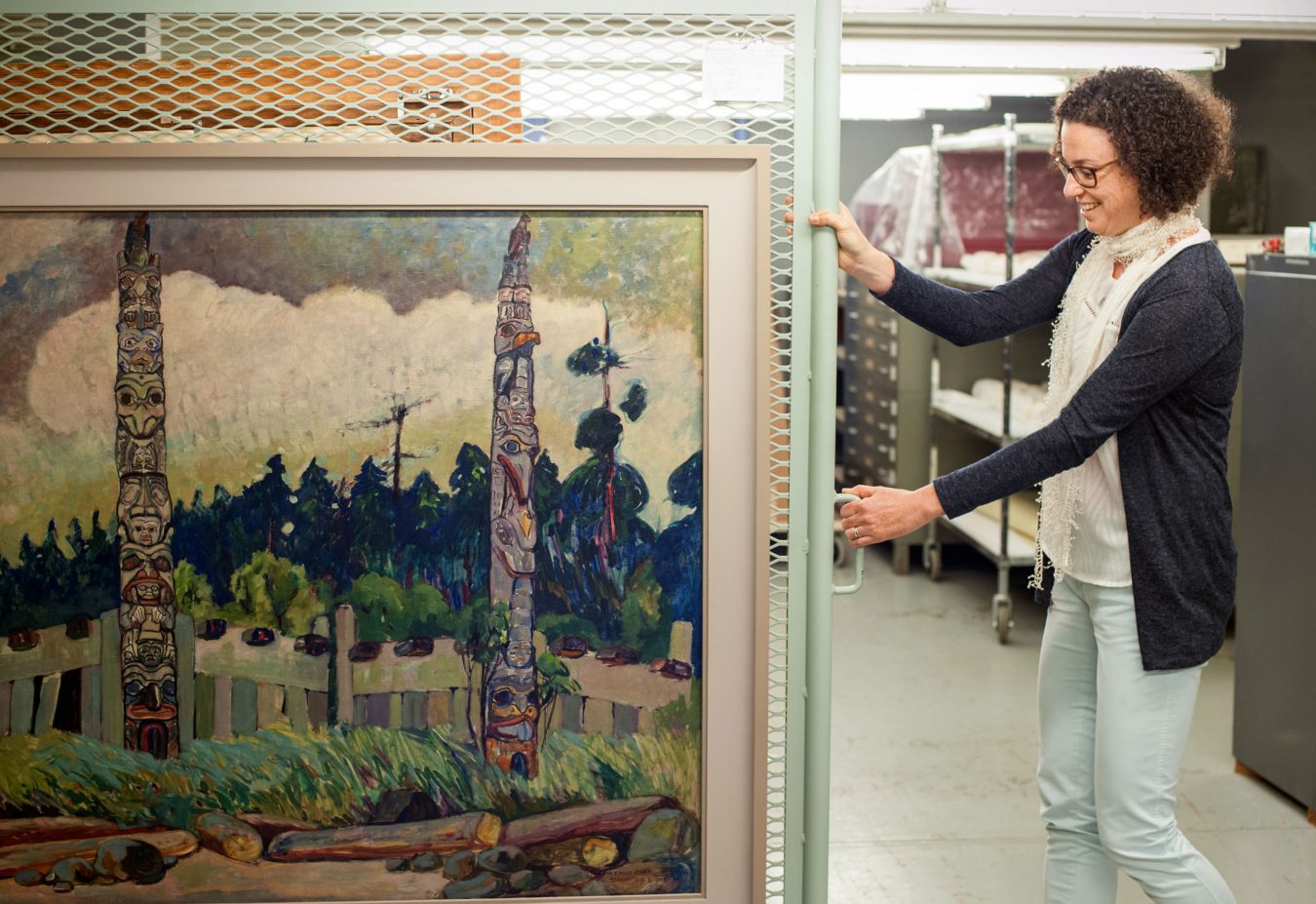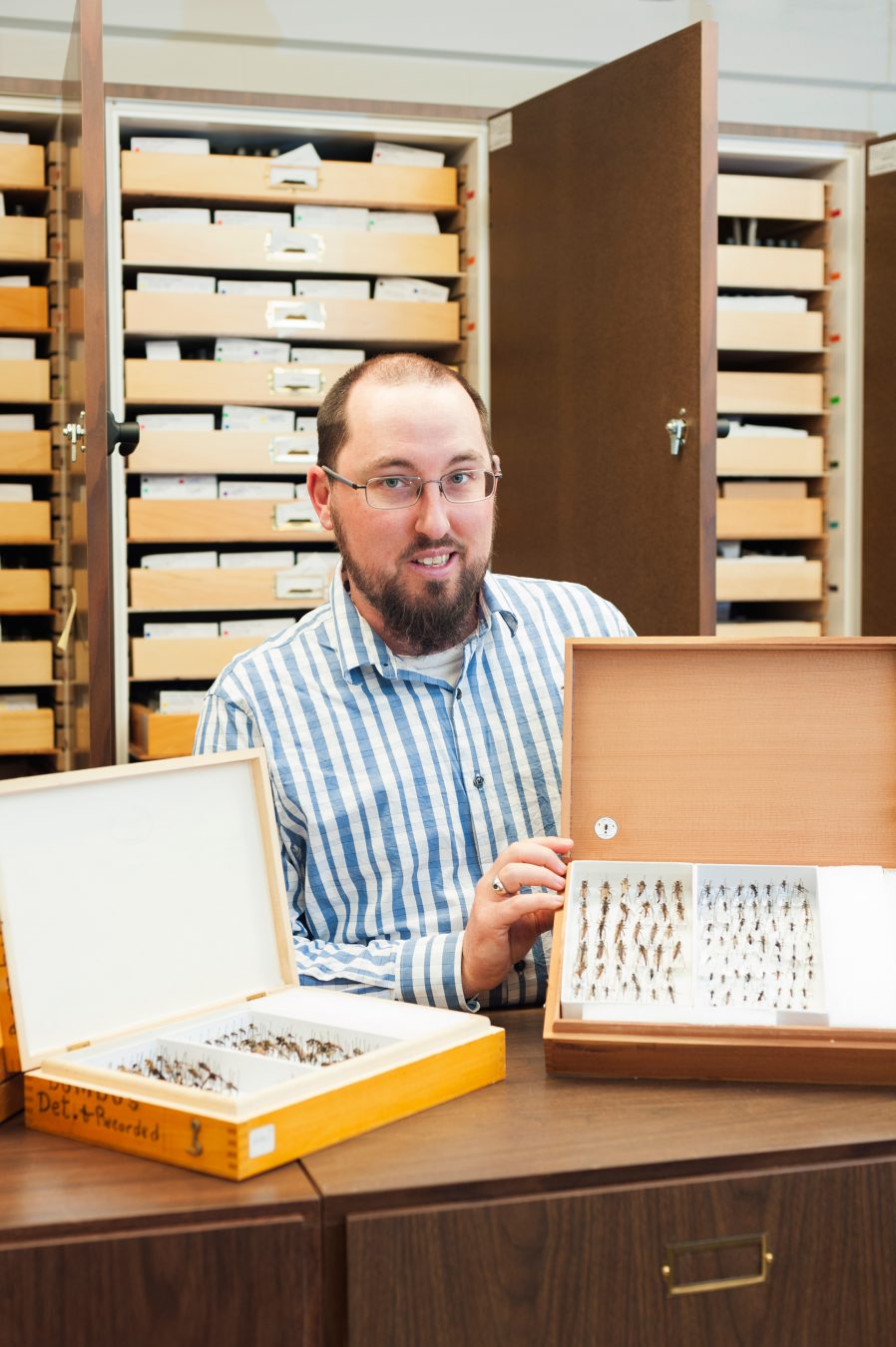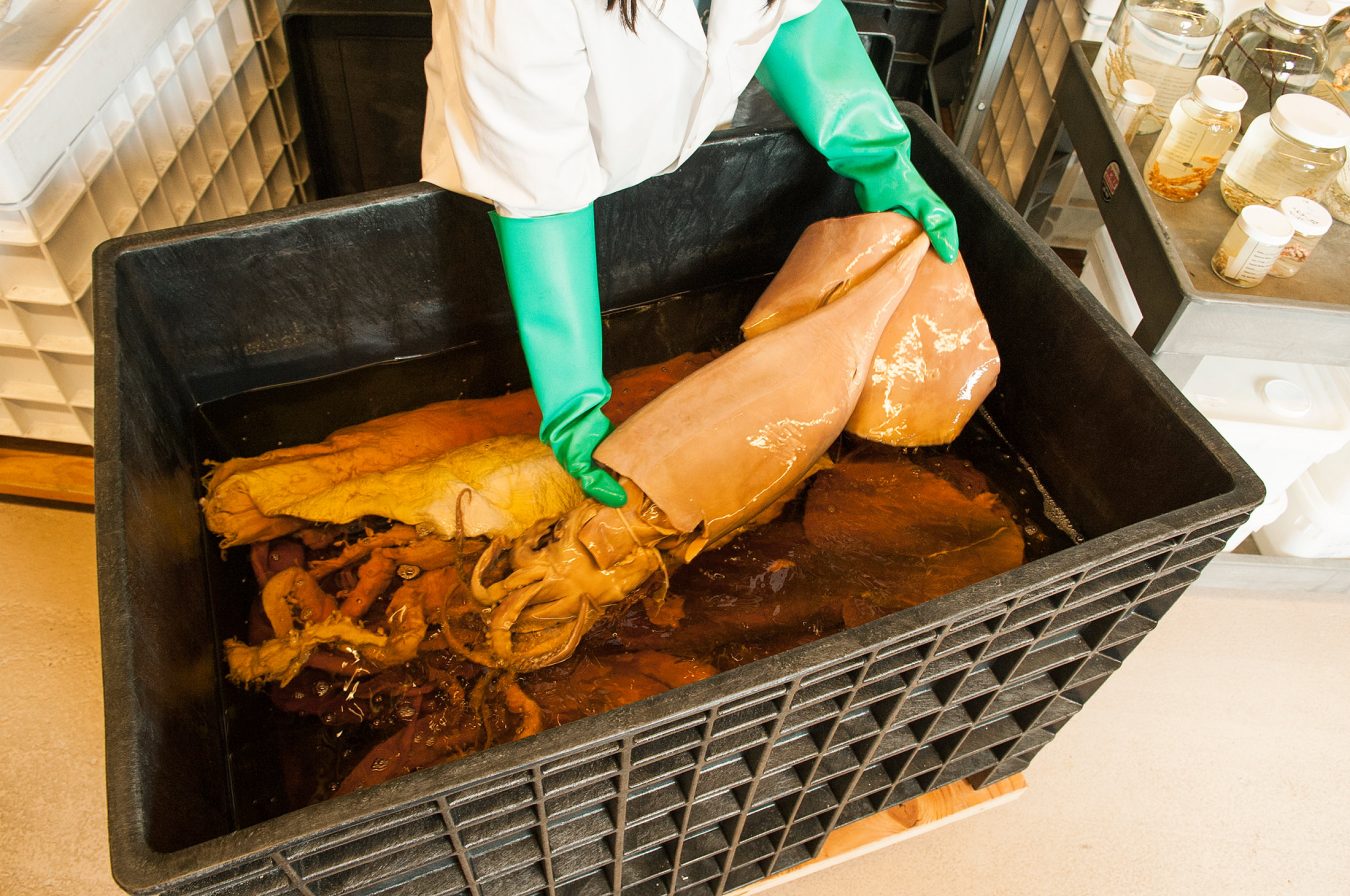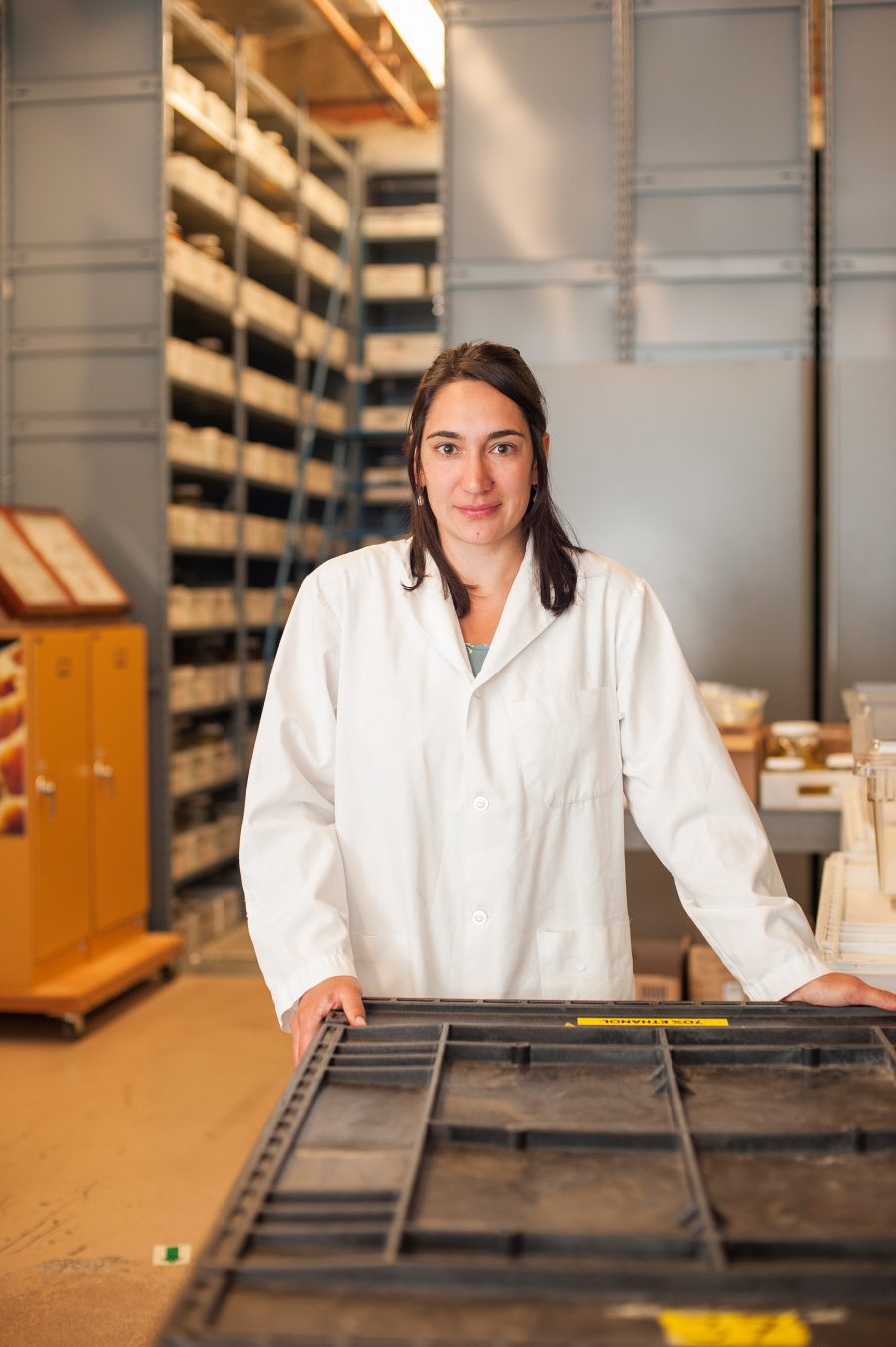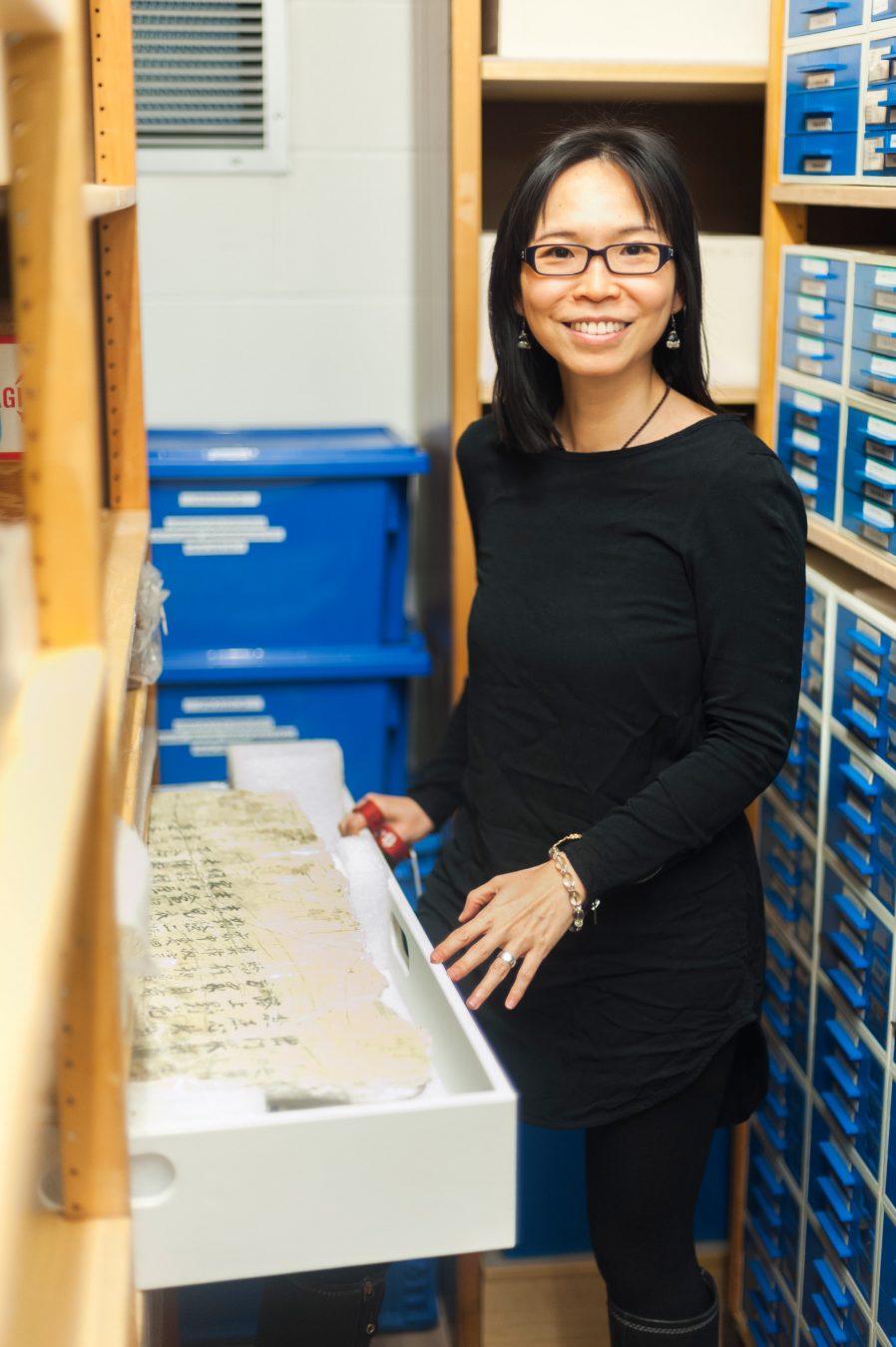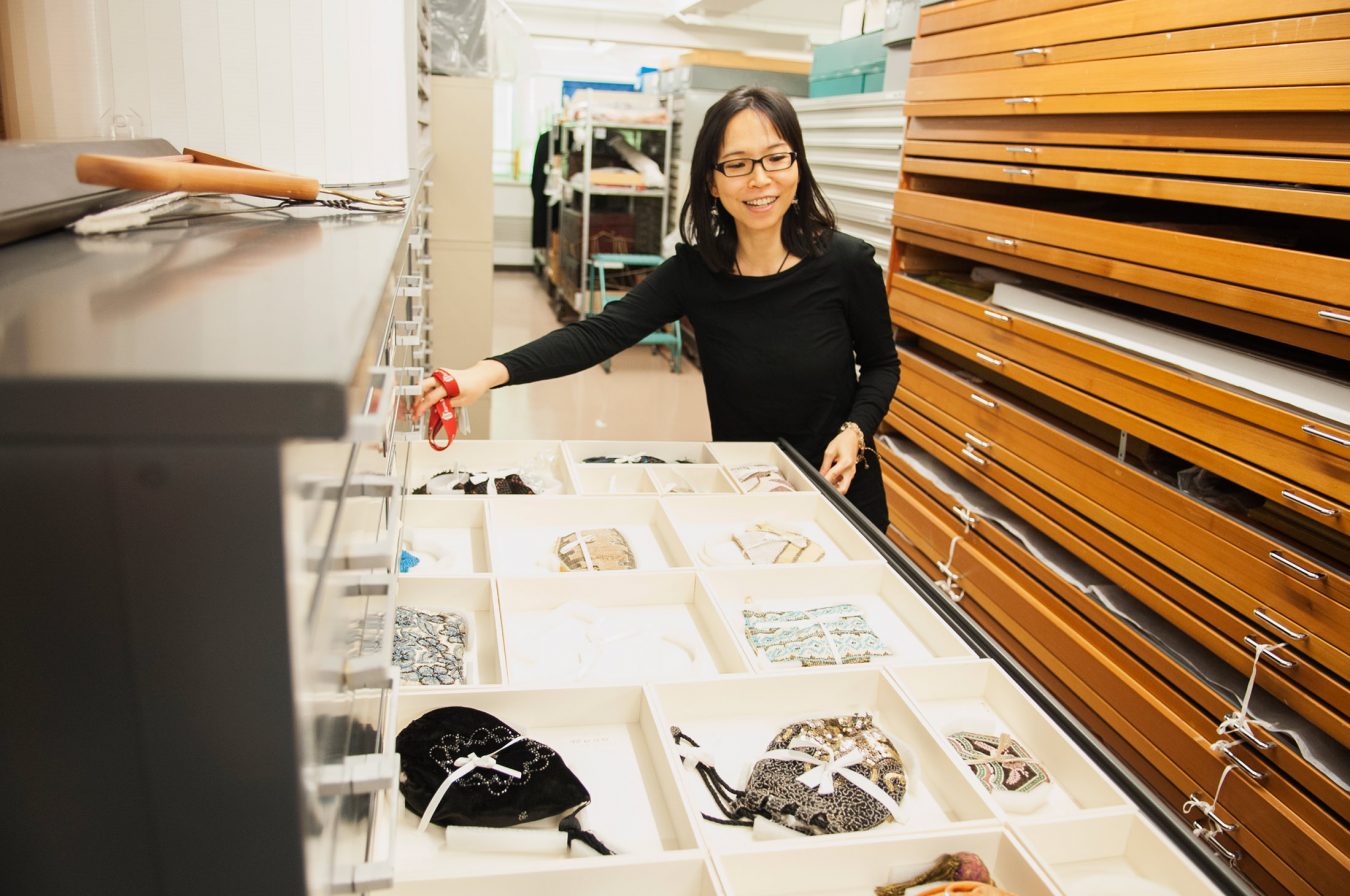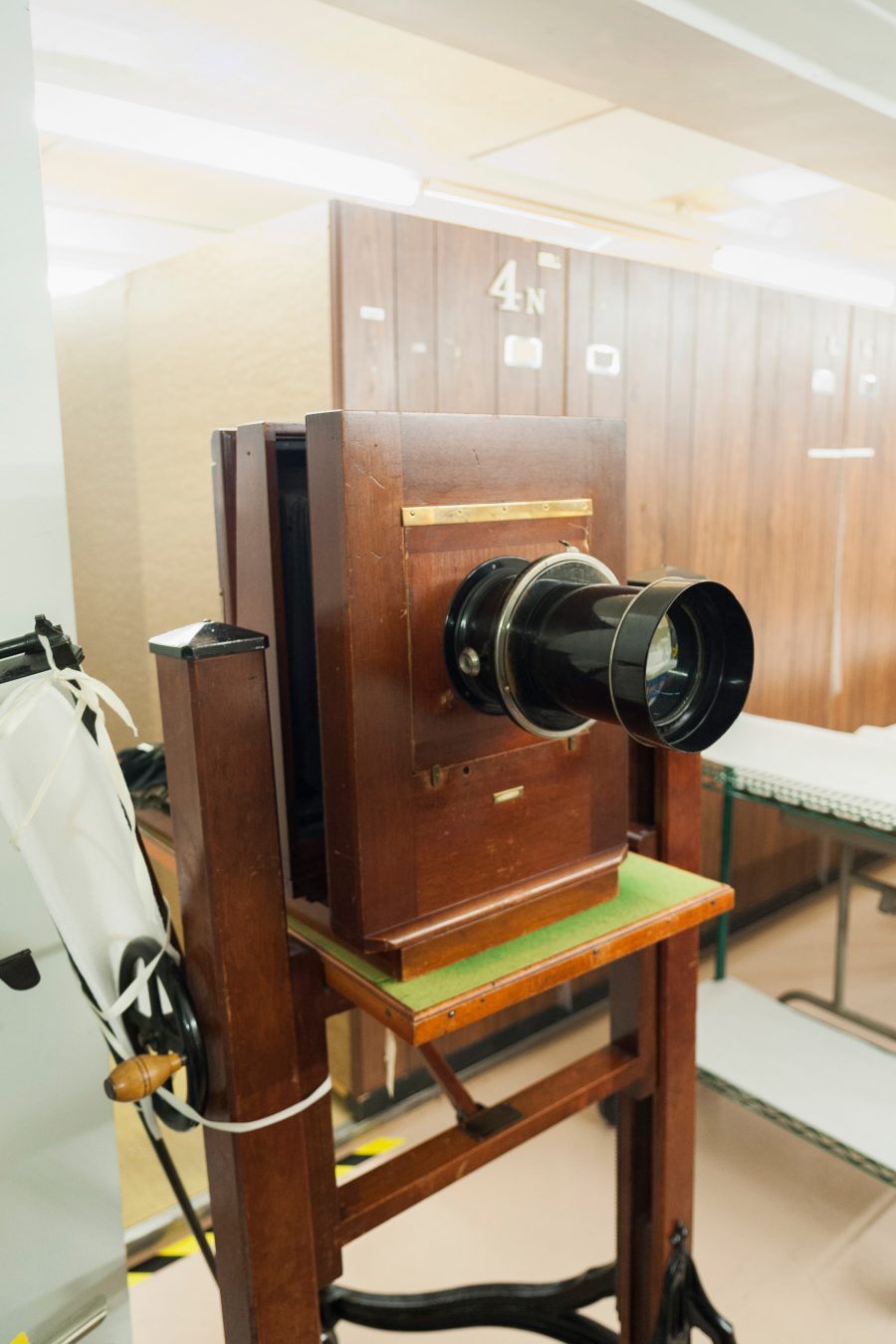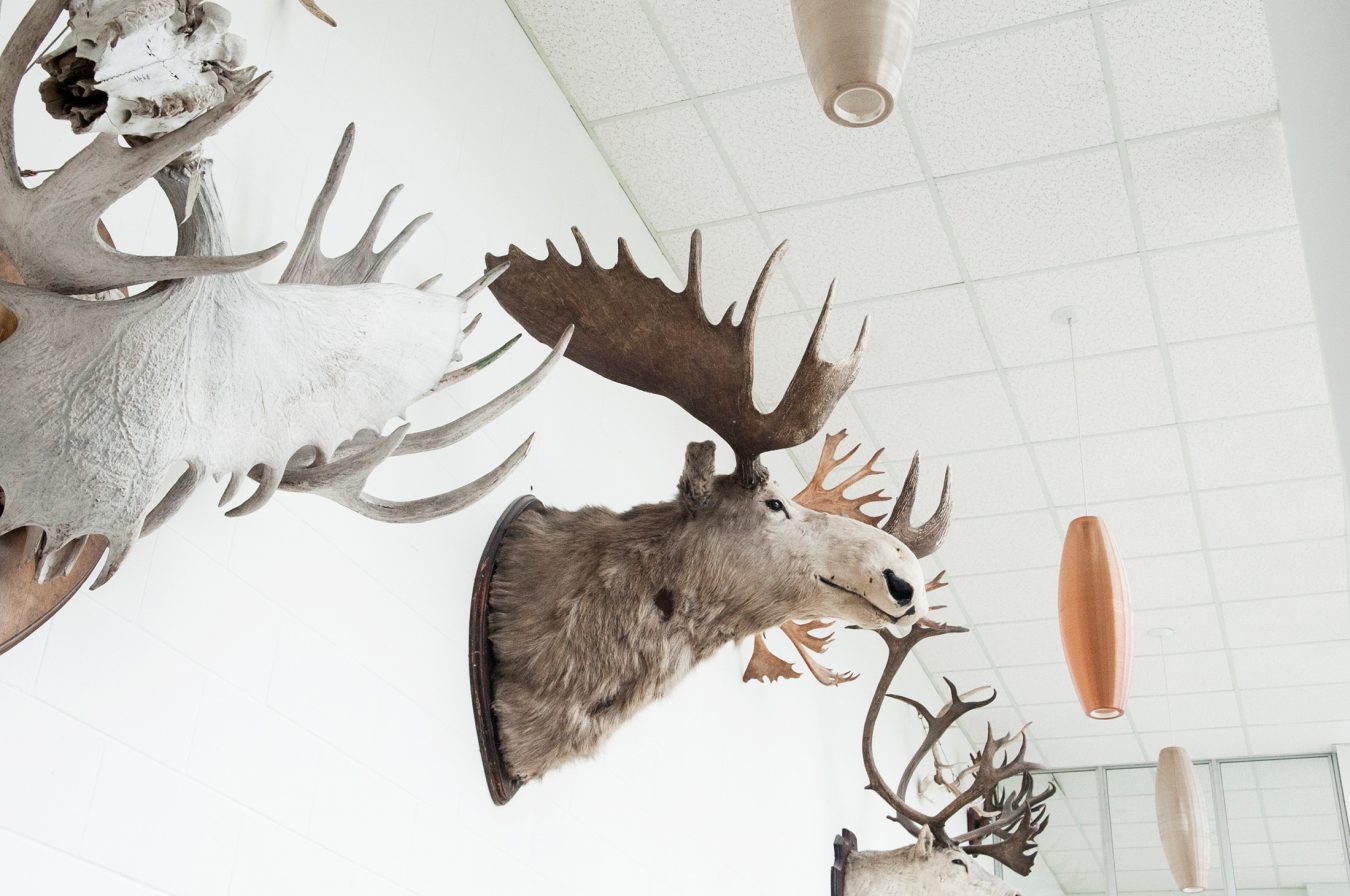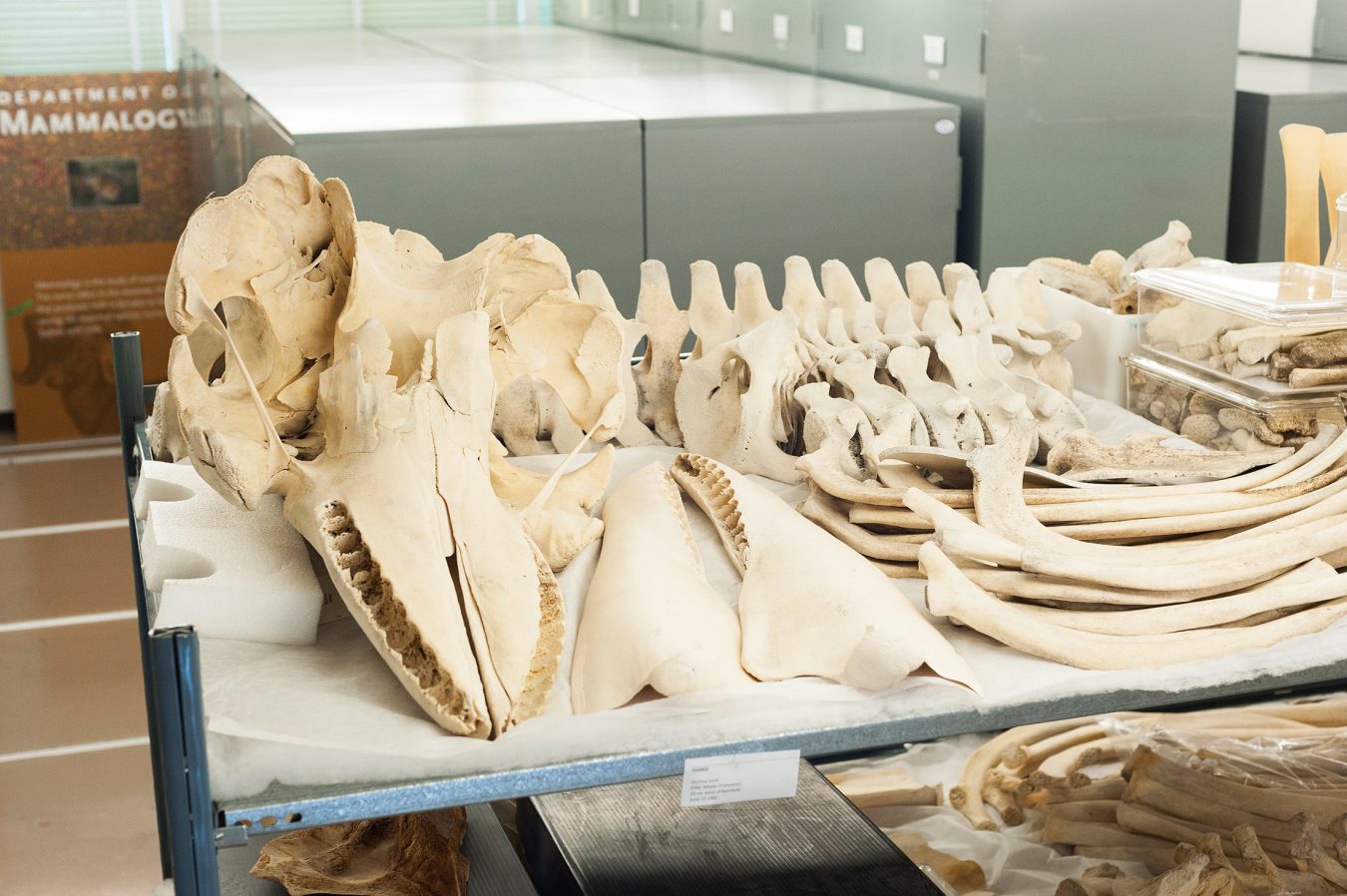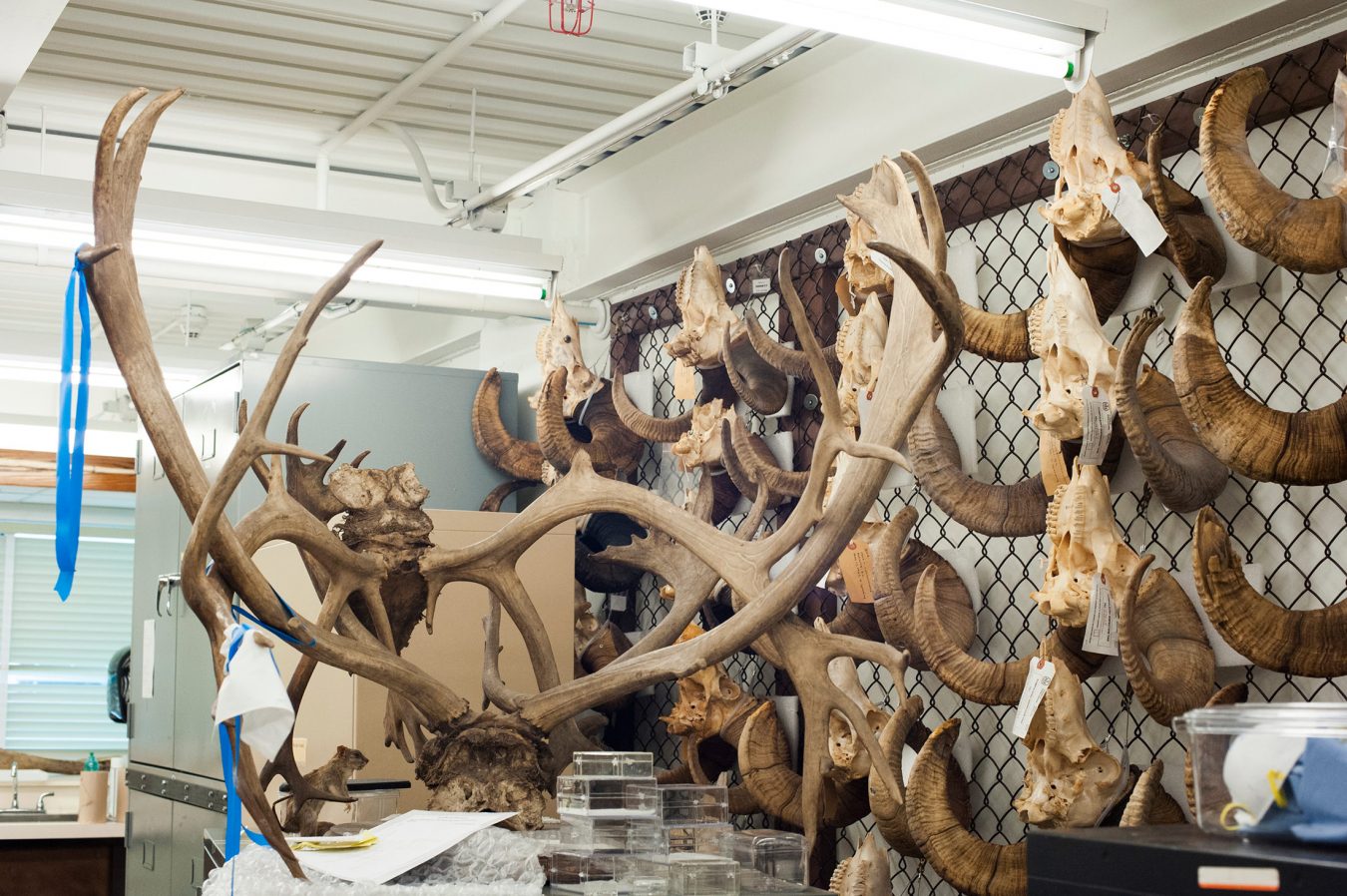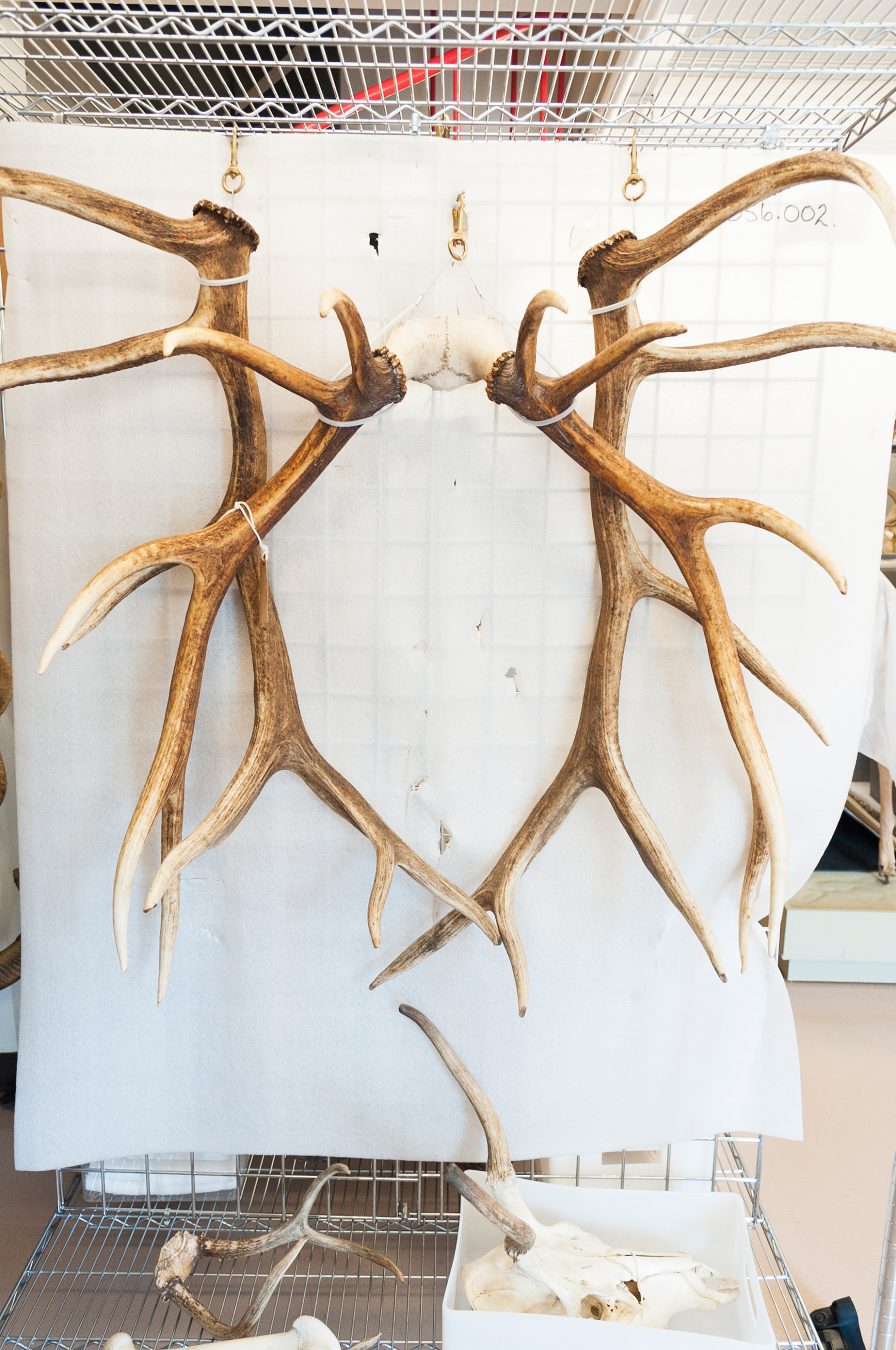On the eighth floor of the tower attached to Victoria’s Royal BC Museum, through a maze of shelves and cabinets, curator of history Tzu-I Chung slowly slides open a drawer containing a rare piece of history. “This is a Canadian treasure, but I can’t really get it out because it’s chipping away,” she says, delicately lifting one end of the poster-sized piece of plaster out of its Styrofoam cradle like she’s handling a newborn.
Inscribed on the frail fragment of wall is a Chinese poem penned by a man who had been held at the Federal Immigration Detention Hospital, which once stood near Victoria’s Ogden Point. In the early 1900s, newly-arrived Chinese immigrants were detained in cells at the hospital for questioning and passed the time by writing or carving their thoughts on the walls. In a piece titled My Wife’s Admonishments, the author laments his failure to provide for his family and his obligation to do better in this new land. The poem is one of only a few saved when the building was demolished in 1977.
“These are amazing first-person narratives of what those immigrants had to go through and what went through their minds, from utter anguish to real anger, and from aspiration to longing for [their] homeland,” Chung says. “These are really, really precious.”
While museum visitors explore two floors of permanent exhibits reflecting British Columbia’s human and natural history, the majority of the collection is tucked away in the 14-floor Fannin Building, the neighbouring BC Archives, and offsite storage facilities. Less than one per cent of the seven million artifacts and specimens and more than 10 million archival records are on display; but while these items are out of sight, they’re not out of mind. From audio recordings of ceremonial songs performed by Indigenous people during the potlatch ban to a taxidermy mount of an extinct Dawson’s caribou, every single piece tells a story, and staff are always looking for new ways to share those narratives.
Last year, the museum launched Unexplored Highlights, a workshop series that takes visitors behind the scenes to learn about some of the most prized items in its collection. That includes Emily Carr’s iconic landscape painting Tanoo, Q.C.I.—which hangs on a rolling rack in the low-ceilinged room known as the Paintings, Drawings and Prints Vault and is part of the world’s largest collection of her work—as well as the bones of a killer whale named Rhapsody who was pregnant with a full-term calf and washed up dead on a Vancouver Island beach in 2014, devastating people who are rooting for the survival of her endangered southern resident population.
Standing in front of a shelf of whale bones in a room stacked with antlers and taxidermy, curator of vertebrate zoology Gavin Hanke takes a baggie and pulls two teeth, one of which is missing its curved crown. “When she was on the beach, someone pulled out a hacksaw and tried to steal some teeth, so that was sad,” Hanke explains of Rhapsody. “Fisheries and Oceans actually asked us if we wanted replica teeth to replace these, but that’s part of the story. Each specimen is a book.”
Today, Hanke is waiting for two new volumes to add to his library: a grey whale that’s been decomposing at a dump in Tofino and a transient killer whale called Nitinat who had a reputation for being a brute. With the largest inventory of orcas on the Pacific coast, this storied collection attracts visiting scientists from around the world.
Much of the museum acts as a research centre of sorts, with the various collections drawing interest from students, scholars, and government officials. Curators and their colleagues regularly go out in the field to collect new specimens, and donations are always coming in. In the insect department, for example, curator of entomology Joel Gibson has just returned from the field and is meticulously labelling and pinning rows of seaweed flies in a box. “We are the biodiversity archives for the province,” he explains, adding that the records help answer questions about how ecosystems are changing over time, whether due to climate change, pollution, or a natural disaster like the 2011 Japan tsunami. In 2017, the museum was named the repository for the Tsunami Marine Debris Collection; more than 650 items have come in from across the Pacific coast with about 300 species of Japanese plants and animals attached.
Incredible stories like this can be found throughout the building: in the vat of alcohol where an intrepid Humboldt squid permanently bathes after being found in British Columbia waters; in a collection of insects from a museum expedition to a remote B.C. island where a group of scientists, some from the museum, were stranded for days in 1987; and in a 1970 guide to being gay in Vancouver.
At a museum happy hour event last year, archivist Genevieve Weber put “A Gay Guide” on display and found that it evoked a range of emotions in the people who viewed it. Some visitors remembered reading the guide when it was released and recalled what it was like for them to come out, while younger guests reflected on how lucky they are today to have access to the internet and to be part of a more inclusive society. This year, Weber made copies of the guide and brought them to Victoria’s 2018 Pride celebration. “A lot of people just don’t know that we have that kind of material,” she says. “I think it’s really important to highlight how far we’ve come.”
Order your copy of our Autumn 2018 issue.

